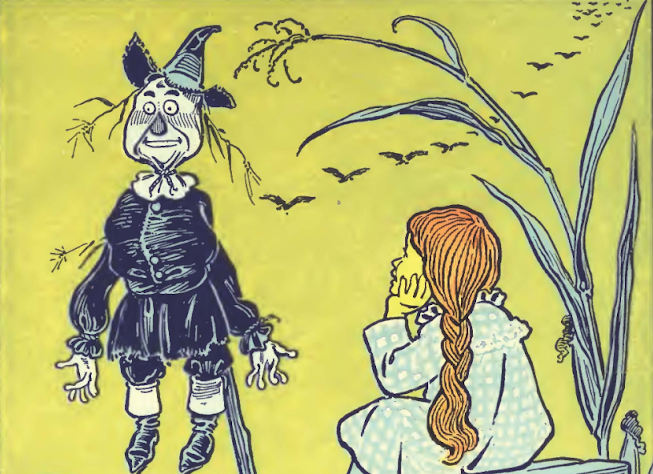#15 Straw Man Fallacy
In this week's newsletter issue, I’ll be delving into the “Straw man Fallacy”, it’s an interesting topic I stumbled upon while exploring philosophical concepts and thought it was worth sharing due to how relevant it is in present-day discussions.
In the different types of arguments we engage in, whether they are political, with our parents, bosses, or activists – it becomes difficult to differentiate between valid reasonings and misleading tactics.
The straw man fallacy is one such common form of reasoning that misrepresents the opponent's views. Let’s take an example:
A: Do you want to have pizza or Chinese tonight?
B: Let’s have pizza!
A: WHY DO YOU HATE CHINESE PEOPLE?
B: ????
At its core, the straw man fallacy occurs when an argument disregards a person's actual position and instead substitutes it with a distorted, misrepresented, or exaggerated version of the proposition.
Let’s take another example. Someone argues that “Climate change poses challenges to businesses.”
A straw man response might misrepresent this view as, "So, you're against saving the planet!" Here, the argument distorts the original position to create a false dichotomy.
The name comes from the fact that a “straw man” or a scarecrow is a false man and such ideas are made out of straws which are the invalid and flawed arguments that can be easily knocked down.
It may be ignorantly or purposefully used to avoid considering the nuances and complexities involved.
The ways someone could use the straw man fallacy to misdirect the discussion may include:
- Quoting an opponent's words out of context and thus, misrepresenting the original intentions of the opponent
- Oversimplifying the opponent’s argument, then attacking the oversimplified version
- Exaggerating the opponent’s argument and then attacking the exaggerated version they presented
Surely, we have all encountered instances of the straw man fallacy in our lives.
These arguments are prevalent in political debates where the speakers are striving to impress the audience and to assert their dominance, they choose to misinterpret the opposing position.
There are numerous examples of the straw man fallacy being used in literature, such as in this extract from Othello by William Shakespeare –
“DESDEMONA:
And have you mercy too! I never did
Offend you in my life, never loved Cassio
OTHELLO:
By heaven, I saw my handkerchief in ‘s hand.
O perjured woman, thou dost stone my heart,
I saw the handkerchief.”
Instead of believing his faithful wife, Othello uses the straw man fallacy to refute Desdemona’s argument. His reaction is influenced by his anger and sentiments rather than rational thinking.
And how are we supposed to engage in a discussion with a straw man?
If you’re in such a situation, it is important to stick to your original purpose. Emphasize it repeatedly to prevent any form of distortion throughout the conversation.
The next step should be to distinguish between what you said and what was interpreted. Make sure to ask clarifying questions to establish clear positions in the argument.
Also, using the “Steel Man” approach which is the opposite of the straw-manning may be a useful tactic.
This involves being aware of the weaknesses in your own argument and framing it in a way that makes it difficult to refute, while also consistently highlighting its strong points. This is a much more direct and confident way of persuading people during a debate.
I hope this newsletter gave you insights into how you can identify and navigate through misleading arguments.
What I learnt through this is that paying attention to language is the key to engaging in meaningful discussions that are free from fallacies.

